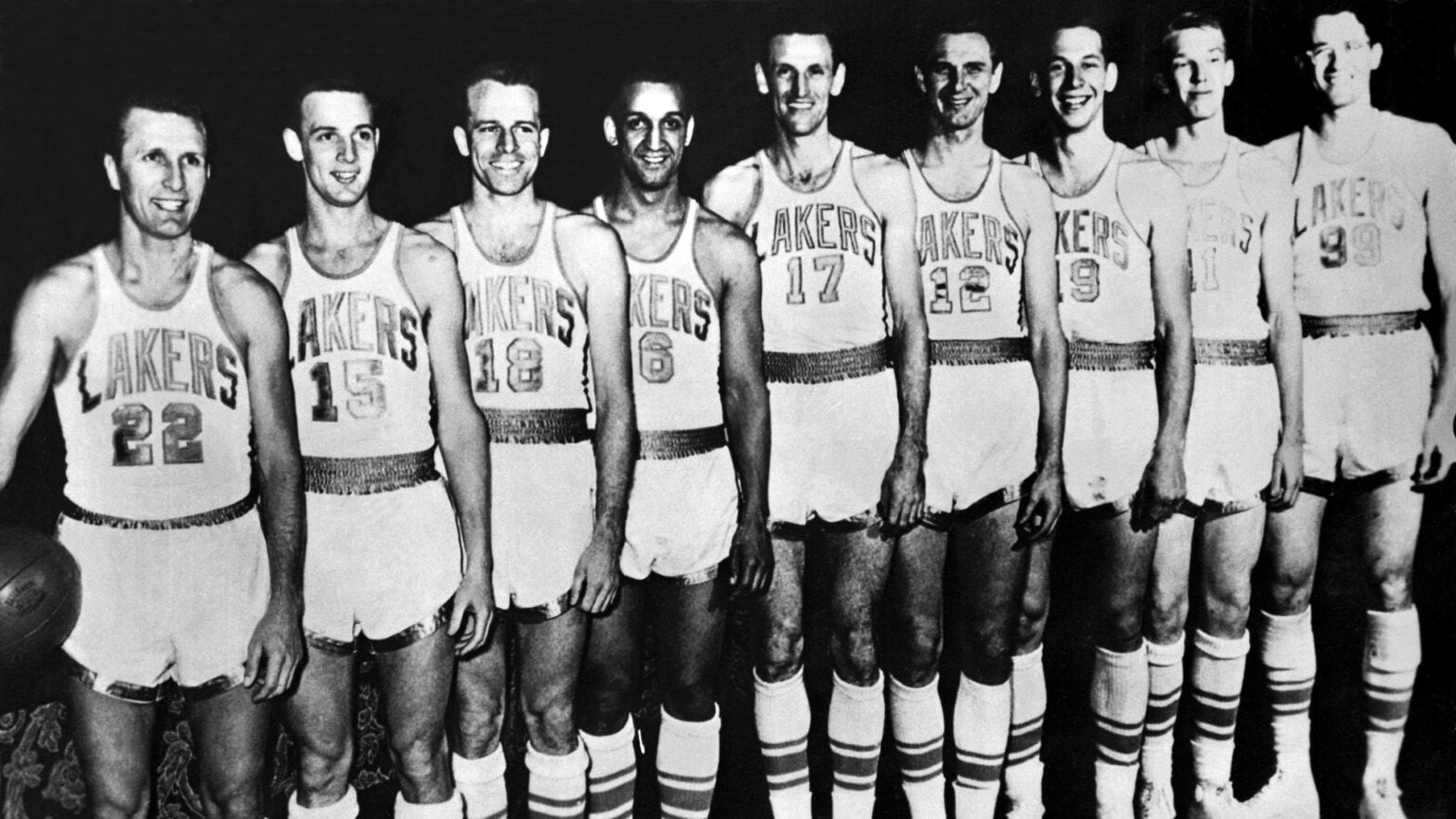The 1951-52 season was a pivotal year for basketball, with significant changes to the game and notable performances from players. In this season, the jump shot gained popularity and proved to be effective, as Philadelphia’s Paul Arizin emerged as the league’s leading scorer with 25.4 ppg and led in field goal percentage. Another change to the game was the widening of the lane from six to 12 feet in an attempt to reduce the dominance of big men like George Mikan.
Bạn đang xem: Season Review: 1951-52
Despite these advancements, the absence of a shot clock led to stalling tactics by teams with comfortable leads. It would be three more years before the shot clock was introduced. However, Mikan adapted to the widened lane and used it to his advantage, showcasing his versatility and ability to set up shots.
Xem thêm : Nikola Jokic wins 2020-21 Kia NBA Most Valuable Player Award
The season was also impacted by a point-shaving scandal in college hoops, with players Alex Groza and Ralph Beard banned from the NBA due to their involvement. Despite this controversy, all 10 NBA teams played a full 66-game season.
In terms of talent, the NBA saw a influx of exceptional college players. Mikan, Arizin, Ed Macauley, and Bob Cousy all made the All-NBA First Team, with the fifth spot being shared by Bob Davies and Dolph Schayes. The New York Knicks reached The Finals for the second consecutive season, while the Minneapolis Lakers dominated the West, ultimately winning the NBA Finals in a seven-game series against the Knicks.
PLAYOFFS
Eastern Division semifinals
- New York defeated Boston (2-1)
- Syracuse defeated Philadelphia (2-1)
Western Division semifinals
- Minneapolis defeated Indianapolis (2-0)
- Rochester defeated Fort Wayne (2-0)
Eastern Division finals
- New York defeated Syracuse (3-1)
Western Division finals
- Minneapolis defeated Rochester (3-1)
NBA Finals
- Minneapolis defeated New York (4-3)
SEASON LEADERS
- Points: Paul Arizin, Philadelphia Warriors (25.4)
- Assists: Andy Phillip, Philadelphia Warriors (8.2)
- Rebounds: George Mikan, Minneapolis Lakers (13.5)
- Field Goal Percentage: Paul Arizin, Philadelphia Warriors (44.8)
- Free Throw Percentage: Bobby Wanzer, Rochester Royals (90.4)
AWARD WINNER
- All-Star Game MVP: Paul Arizin, Philadelphia Warriors
FAQs
How did the jump shot change the game in the 1951-52 season?
The jump shot, popularized by Joe Fulks, became more prevalent in the 1951-52 season, bringing a new dimension to the game. Philadelphia’s Paul Arizin utilized it effectively, leading the league in scoring and field goal percentage. The jump shot allowed players to take shots from a distance, giving them an advantage over defenders.
What impact did widening the lane have on the game?
Xem thêm : Jrue Holiday named 2022-23 Twyman-Stokes Teammate of the Year
In an attempt to reduce the dominance of big men like George Mikan, the NBA widened the lane from six to 12 feet. This change opened up the game and made it more difficult for defenders to stop players from driving to the basket. Mikan, who had healed from a previous ankle injury, used the widened lane to his advantage, showcasing his skills and expanding his shot selection.
Summary
The 1951-52 NBA season was marked by significant changes in the game, including the rise of the jump shot and the widening of the lane. Philadelphia’s Paul Arizin emerged as a standout player, leading the league in scoring and field goal percentage. Despite the absence of a shot clock, teams continued to compete fiercely, and the season saw the dominance of players like George Mikan and Bob Cousy. The NBA Finals concluded with the Minneapolis Lakers emerging as champions after a seven-game series against the New York Knicks. The season showcased the evolution of basketball and set the stage for future innovations in the sport.
To learn more about the fascinating history of the NBA, visit Osceolagarage.com.
Nguồn: https://www.osceolagarage.com
Danh mục: Tin tức

